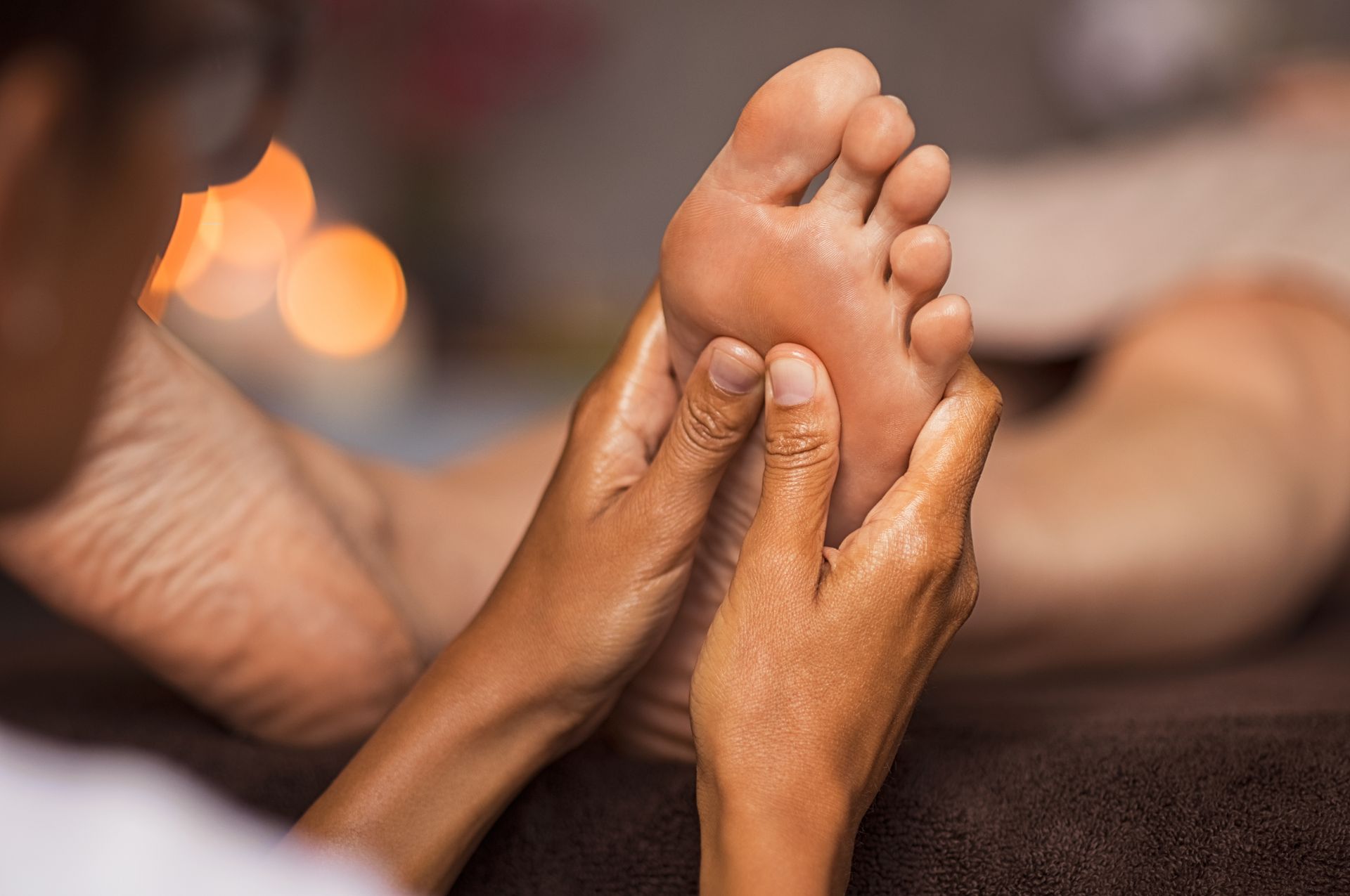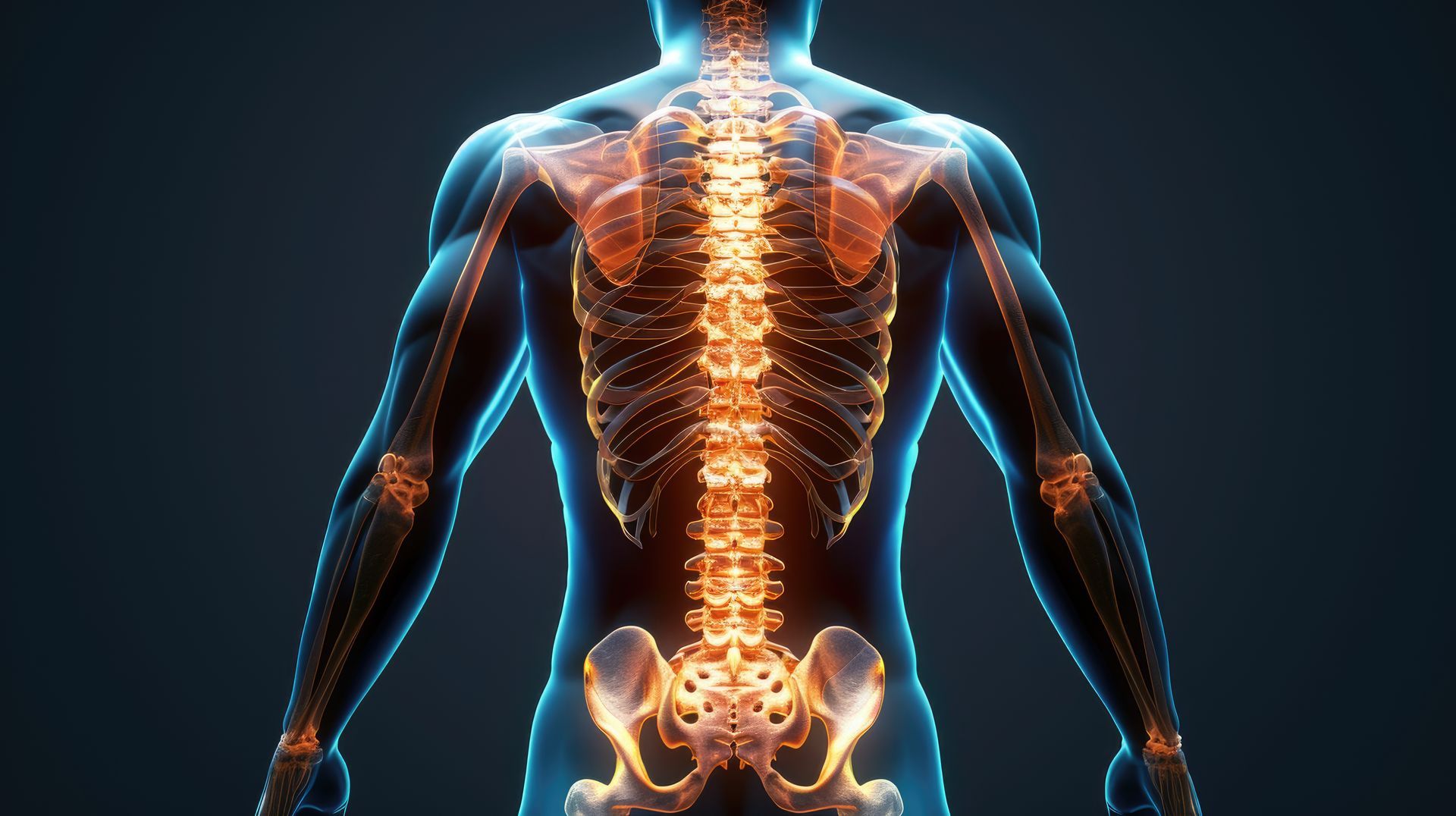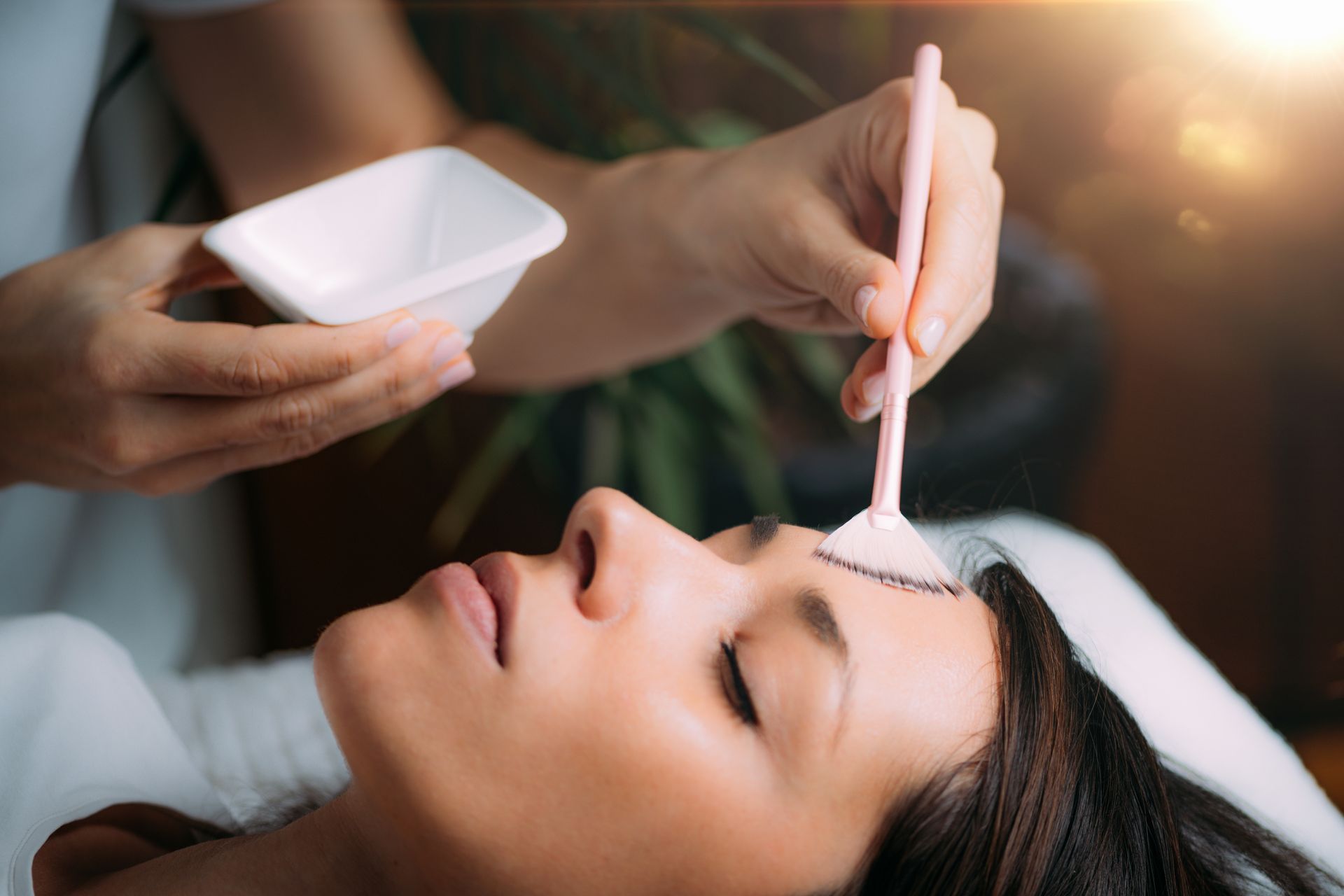Say Goodbye to Muscle Knots: How Deep Tissue Massage Helps
How do you know if you have a muscle knot, and more importantly, how can you get rid of them?
What is a Muscle Knot?
A muscle knot, or myofascial trigger point, is a specific area of muscle that becomes tight, tense, and often painful. These knots occur when muscle fibers or the surrounding fascia (the connective tissue that covers muscles) tense and constrict, creating a small, bump-like area that can be felt under the skin. Imagine your muscle fibers like a bundle of spaghetti. Now, imagine someone twisting a few strands into a tight ball – that’s a muscle knot.
How Do You Know If You Have a Muscle Knot?
Muscle knots can be sneaky, but there are some telltale signs:
- Palpable Lump: You may feel a small, hard bump under the skin when you press on the affected area.
- Pain: This can range from a dull ache to sharp pain, either directly at the site of the knot or referred pain in another area.
- Tightness: The muscle may feel tight or tense, and stretching might be uncomfortable.
- Reduced Range of Motion: You might find it difficult to move the affected muscle as freely as usual.
How Do Muscle Knots Happen?
Muscle knots can form for various reasons, including:
- Overuse: Repetitive movements or prolonged periods of activity can strain muscles.
- Inactivity: Lack of movement can lead to muscle stiffness and the formation of knots.
- Poor Posture: Sitting or standing incorrectly puts additional strain on muscles.
- Stress: Emotional stress can cause muscle tension, leading to knots.
- Dehydration: Muscles need adequate hydration to function properly; lack of water can lead to cramping and knots.
Can Muscle Knots Go Away?
Yes, muscle knots can go away, but it often takes time and proper treatment. Some knots may resolve on their own with rest and care, while others might require more intervention. The duration can vary widely – some knots last a few days, while others can persist for weeks or even months if not addressed.
How to Get Rid of Muscle Knots
There are several ways to treat muscle knots:
- Stretching: Gentle stretching can help release tension in the muscles.
- Heat Therapy: Applying heat can increase blood flow and relax the muscle.
- Hydration: Drinking plenty of water helps maintain muscle health.
- Exercise: Regular movement and strengthening exercises can prevent and reduce knots.
- Massage Therapy: Professional massage techniques, particularly deep tissue massage, are highly effective.
Why and How Deep Tissue Massage Helps
Deep tissue massage specifically targets the deeper layers of muscle and connective tissue. Here’s why it’s so effective for muscle knots:
- Direct Pressure: Deep tissue massage involves applying sustained pressure directly to the knots, helping to break up the tight fibers and adhesions that form.
- Increased Blood Flow: The massage helps increase blood circulation to the affected area, delivering more oxygen and nutrients to help the muscle heal and flush out toxins.
- Release of Tension: By focusing on the deeper layers of muscle, this massage technique helps release the chronic tension that causes knots.
- Improved Range of Motion: Regular deep tissue massage can help improve flexibility and range of motion, making it less likely for knots to form in the future.
How It Works: During a deep tissue massage, the therapist uses slow, deliberate strokes and deep finger pressure to target the deeper layers of muscle and fascia. This process can be intense but is very effective in relieving muscle knots.
Muscle knots can be a real pain, but understanding what they are and how to treat them can make all the difference. Whether it’s through self-care techniques like stretching and hydration or seeking the expertise of a professional for a deep tissue massage, you have options to help those knots untangle and keep your muscles healthy and happy. So, next time you feel a knot forming, remember – you don’t have to live with the pain. Book a deep tissue massage and experience the relief your muscles deserve!












